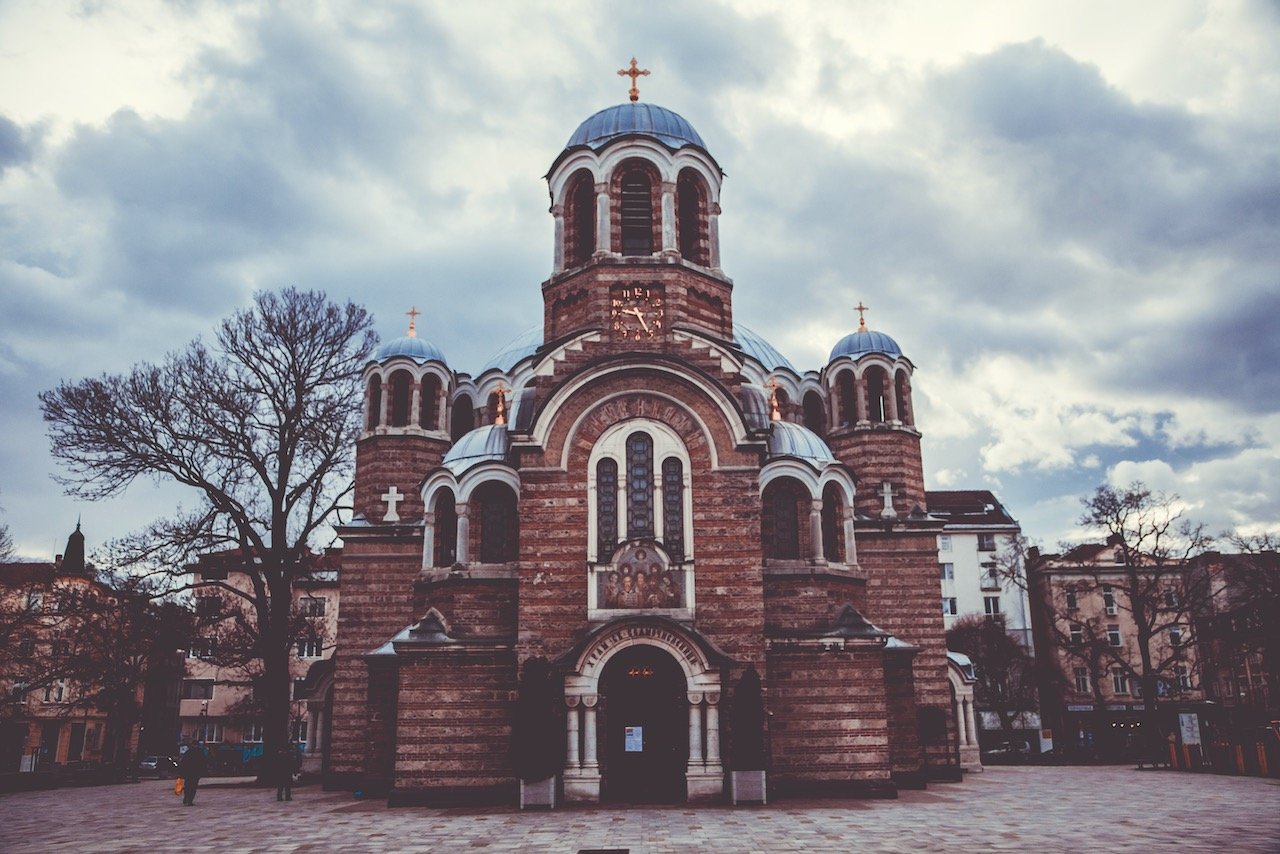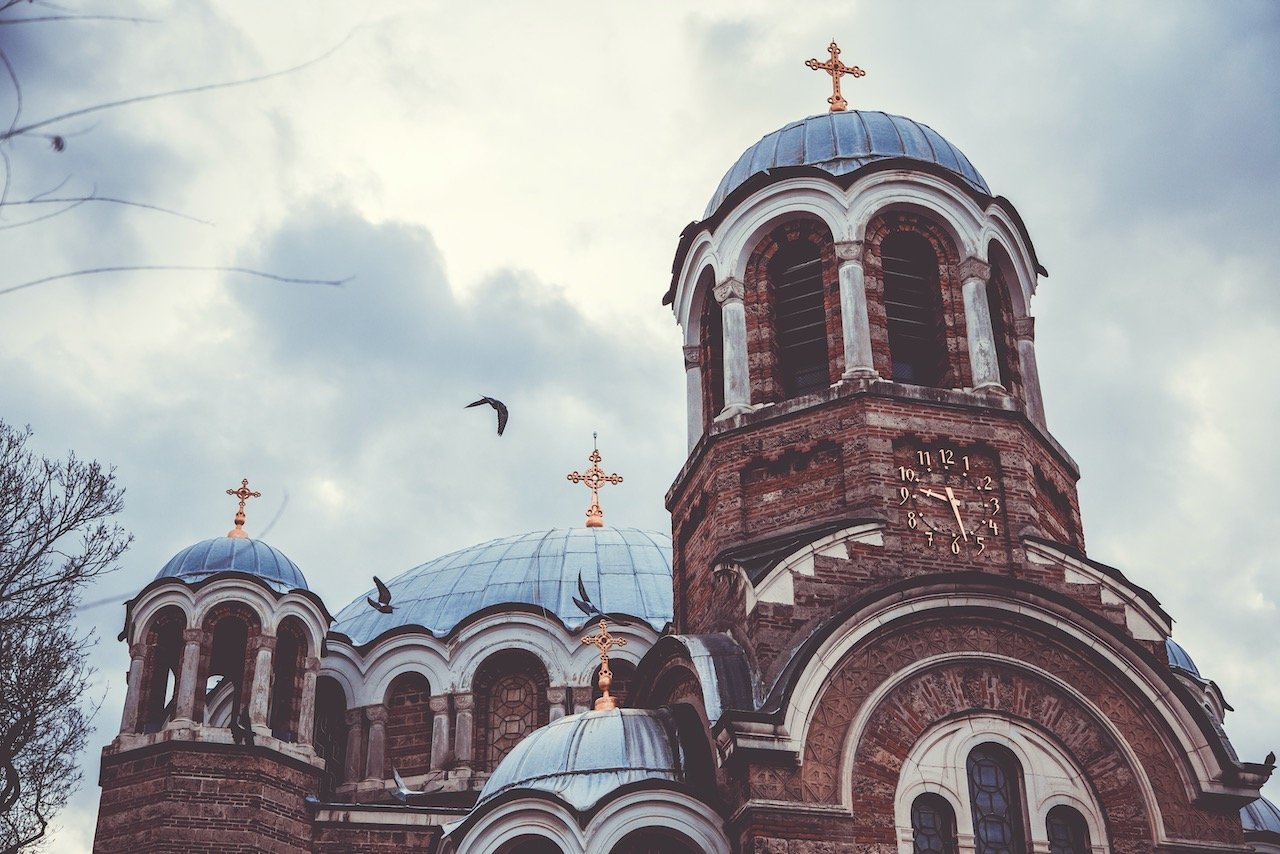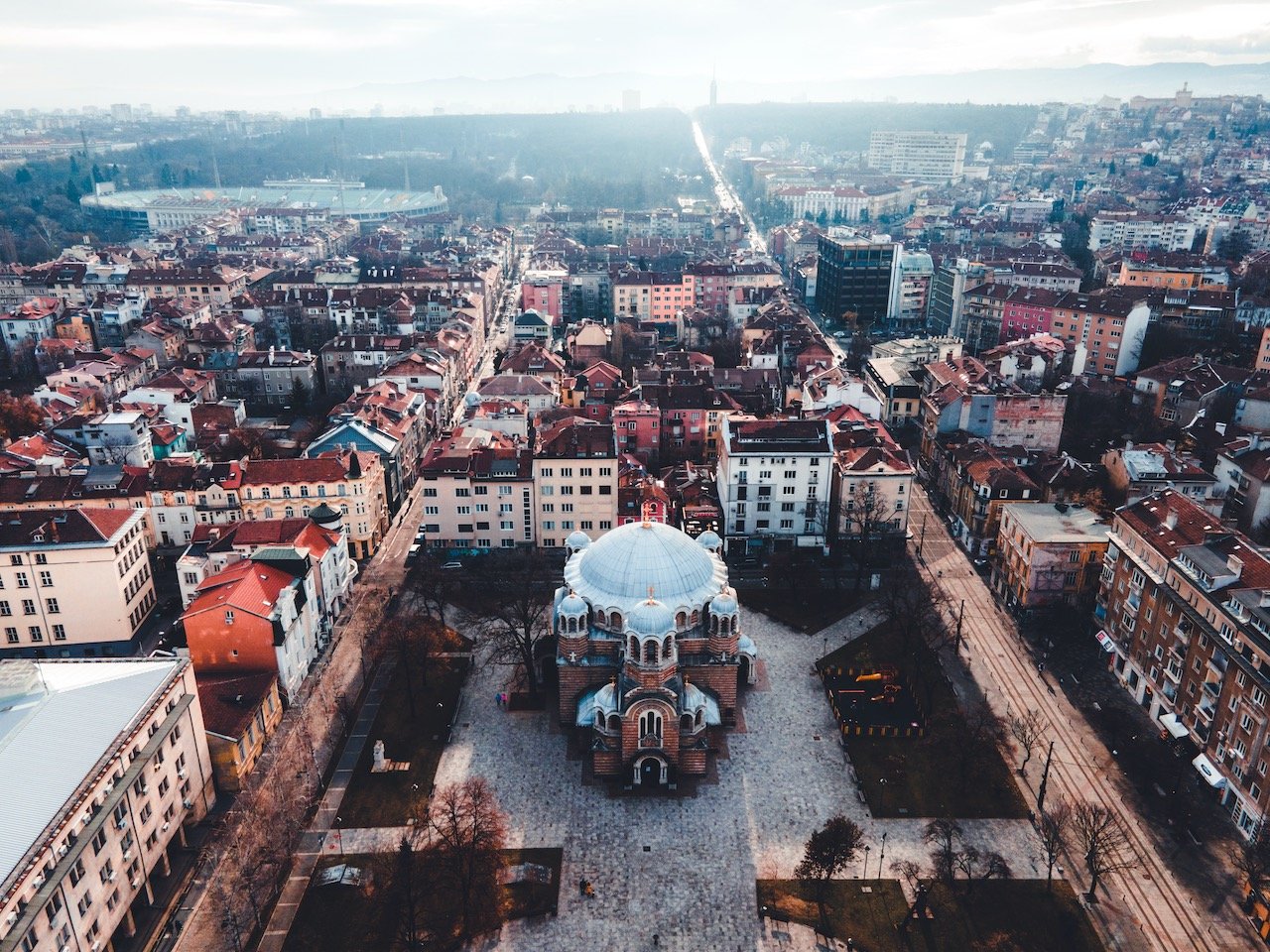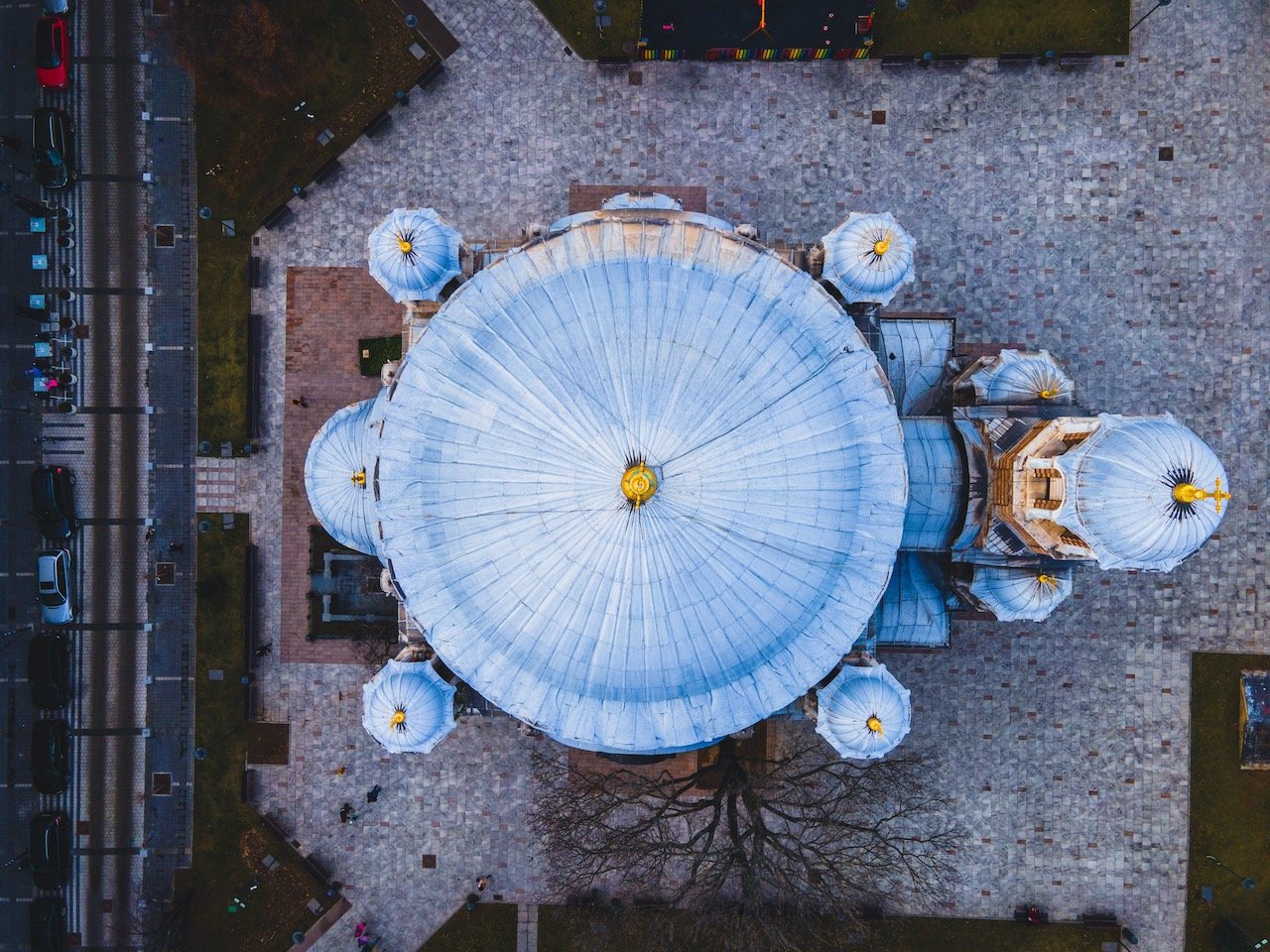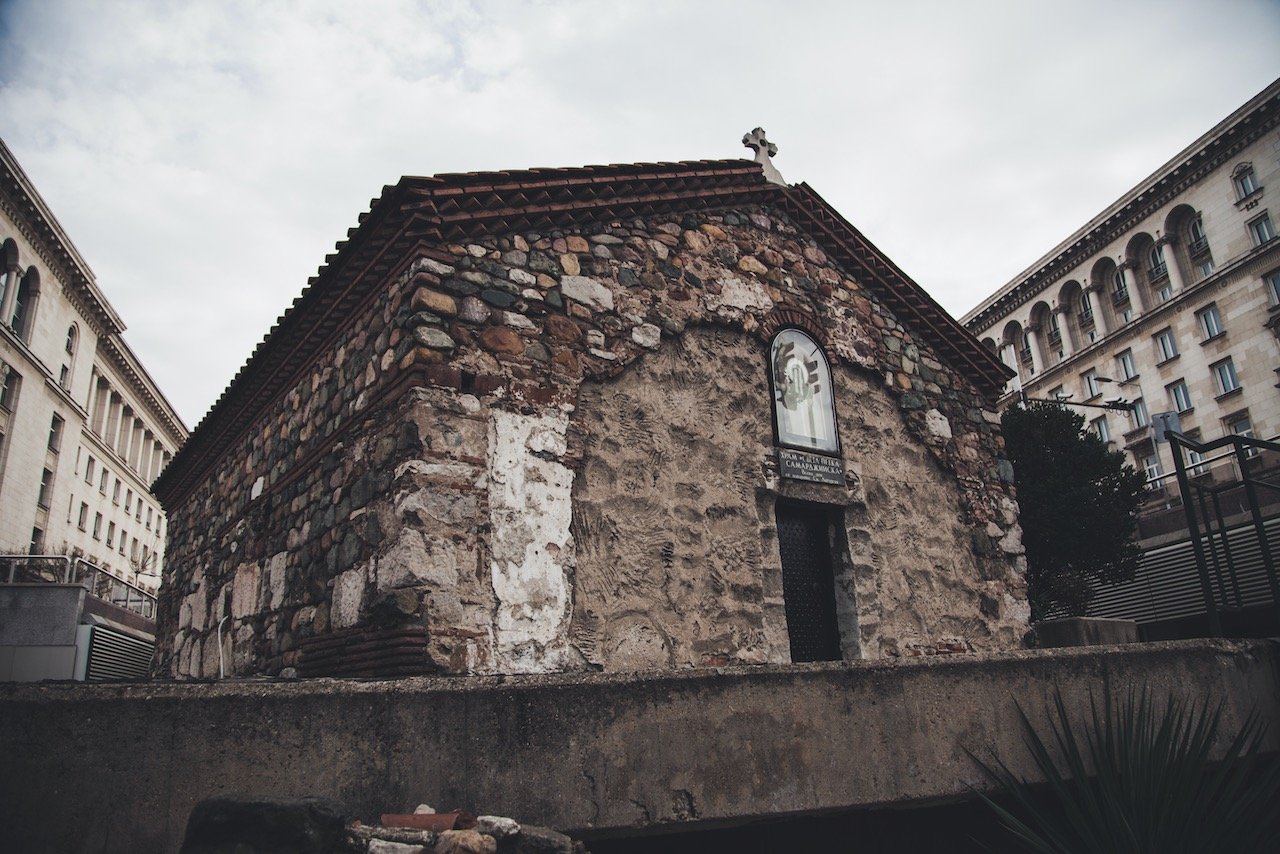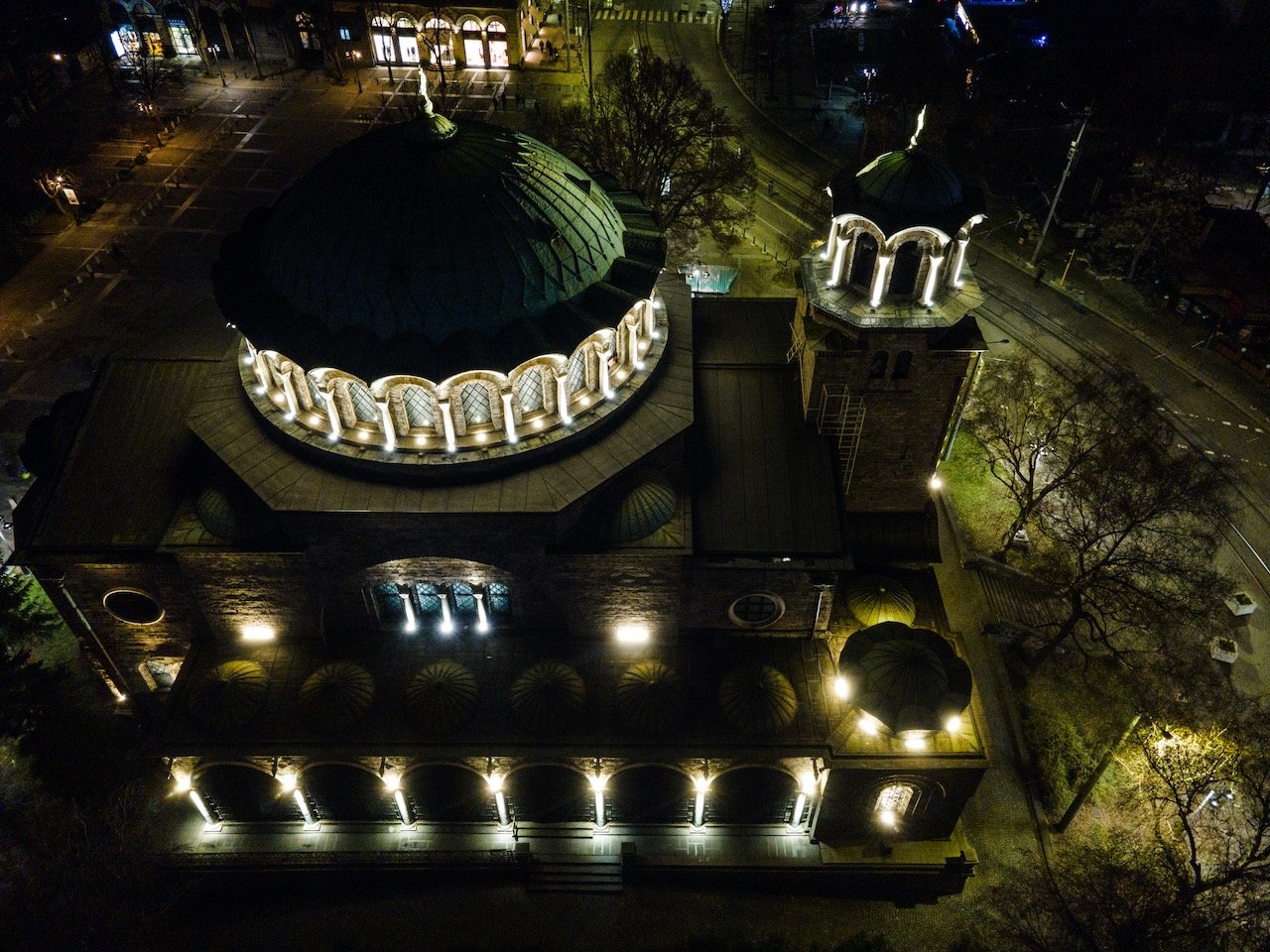Just a few reasons why you should see Sofia, Bulgaria
(Some links in this post are affiliate links. If you click through and take action, I'll be compensated.) If you are also interested in any PRINTS from any of my posts, be sure to check out my store where you can buy prints as posters, in metal/wooden frames or on canvas.
I must admit, when I think of places I want to go see, Sofia doesn’t come to mind. When I make a second list of places I would like to see, that I’m not as excited about…Sofia, still doesn’t come to mind.
I found myself here on a weekend break. I’ve wanted to see more in this part of Europe and the flights and the timing were on my side so I decided to take the plunge. What I didn’t realize was that there is a significant amount of Roman ruins beneath the streets of Sofia. While building the Sofia metro system, excavation efforts revealed the an amphitheater from the Roman city of Serdica. Also, what is especially notable are how distinctly different the churches are here. Since the main religion is Eastern Orthodox Christianity, church designs are vastly different than those from countries whose primary religion is Roman Catholicism. After learning about all this, I became a bit more excited to see what Sofia was all about.
As a new member of the EU, Bulgaria is not a part of the Schengen zone just yet (they are not the same). They also don’t use the Euro but actually the Bulgarian Lev (Lev meaning ‘lion’ in Bulgaria). What you will come to notice immediately is how cheap this country is with regards to others in Europe.
This is apparent the moment you land and take a taxi to the city center. This costs around 10 Lev ($6), but of course you can also take bus numbers 84 or 184 which cost only 1.6 Lev, but take considerably longer. Here is a useful guide on transport to and from the Sofia airport. And as always, there is a Google Map of all the places I will talk about at the end of this post.
Check out my drone video of Sofia, Bulgaria below!
Though not a religious person, I do appreciate the architecture of churches. I had never been to this part of the world so naturally, I had not seen many (if any) Eastern Orthodox churches before. Luckily, there were three within a short 10 minute walk of where I was staying. The centerpiece church of the city has to be Alexander Nevsky Cathedral (or Cathedral Saint Aleksandar Nevski).
This church sits in the center of a traffic circle and is massive. What is especially nice is its emerald and gold colored domes. I went inside during a prayer service and found the experience to be fascinating. Taking photos inside is allowed, however this is usually after paying a fee (usually 10 Lev).
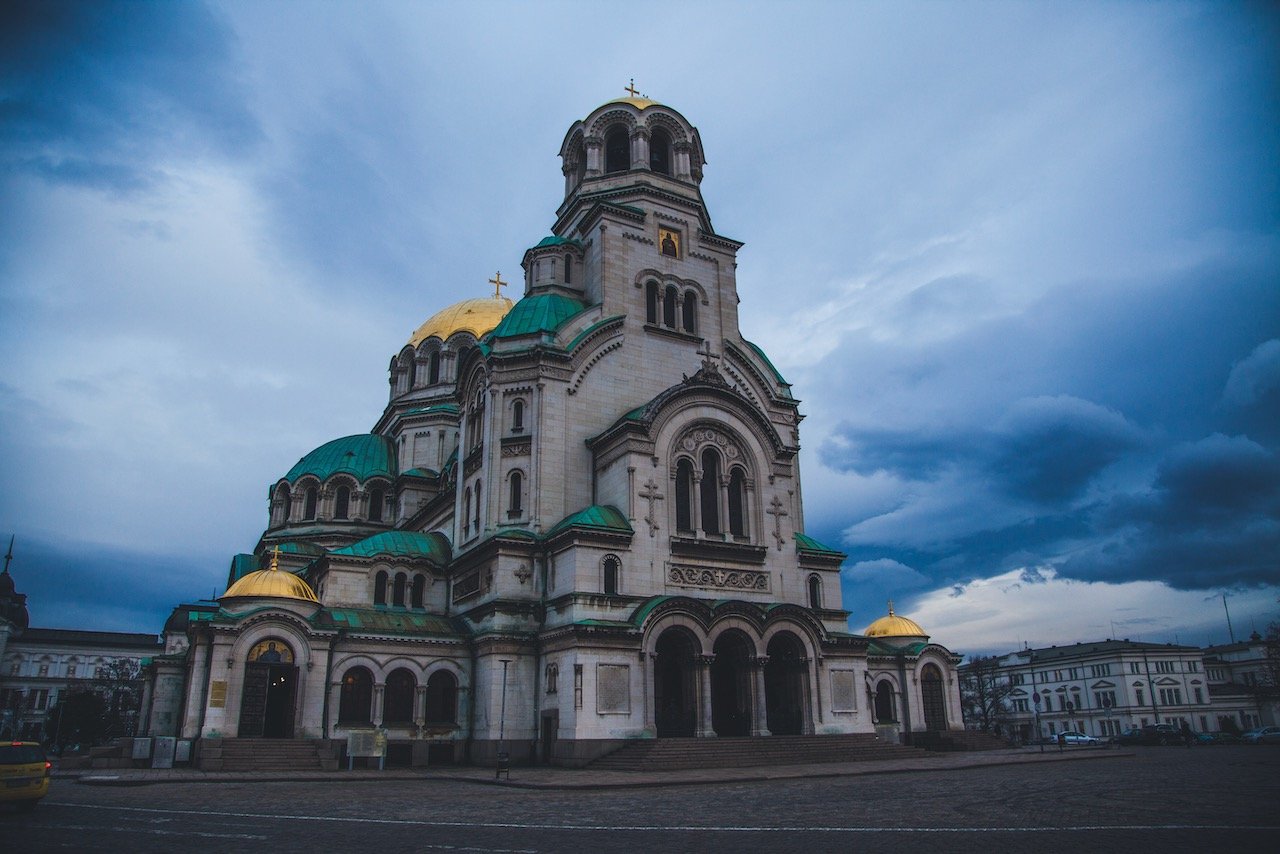
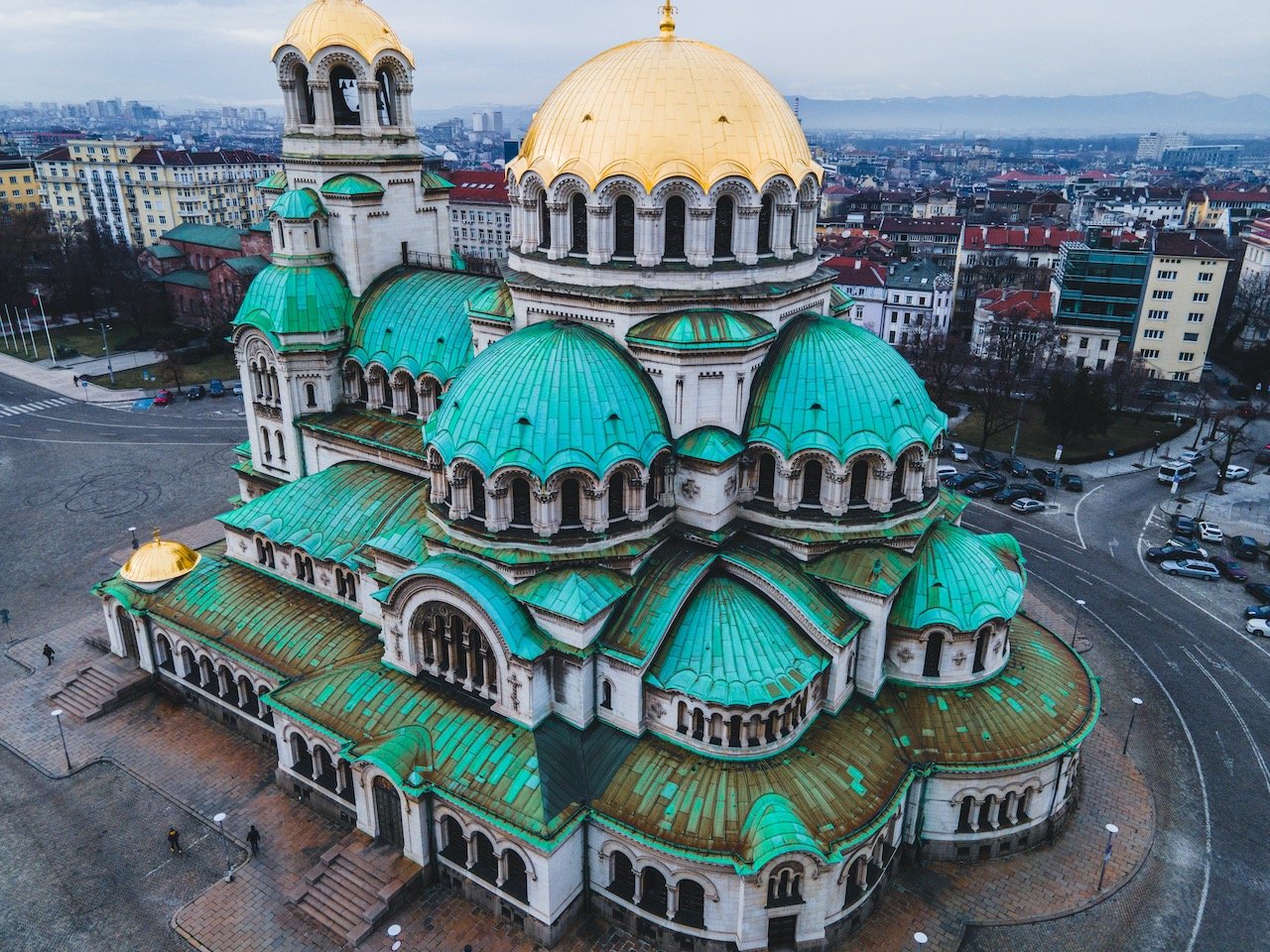
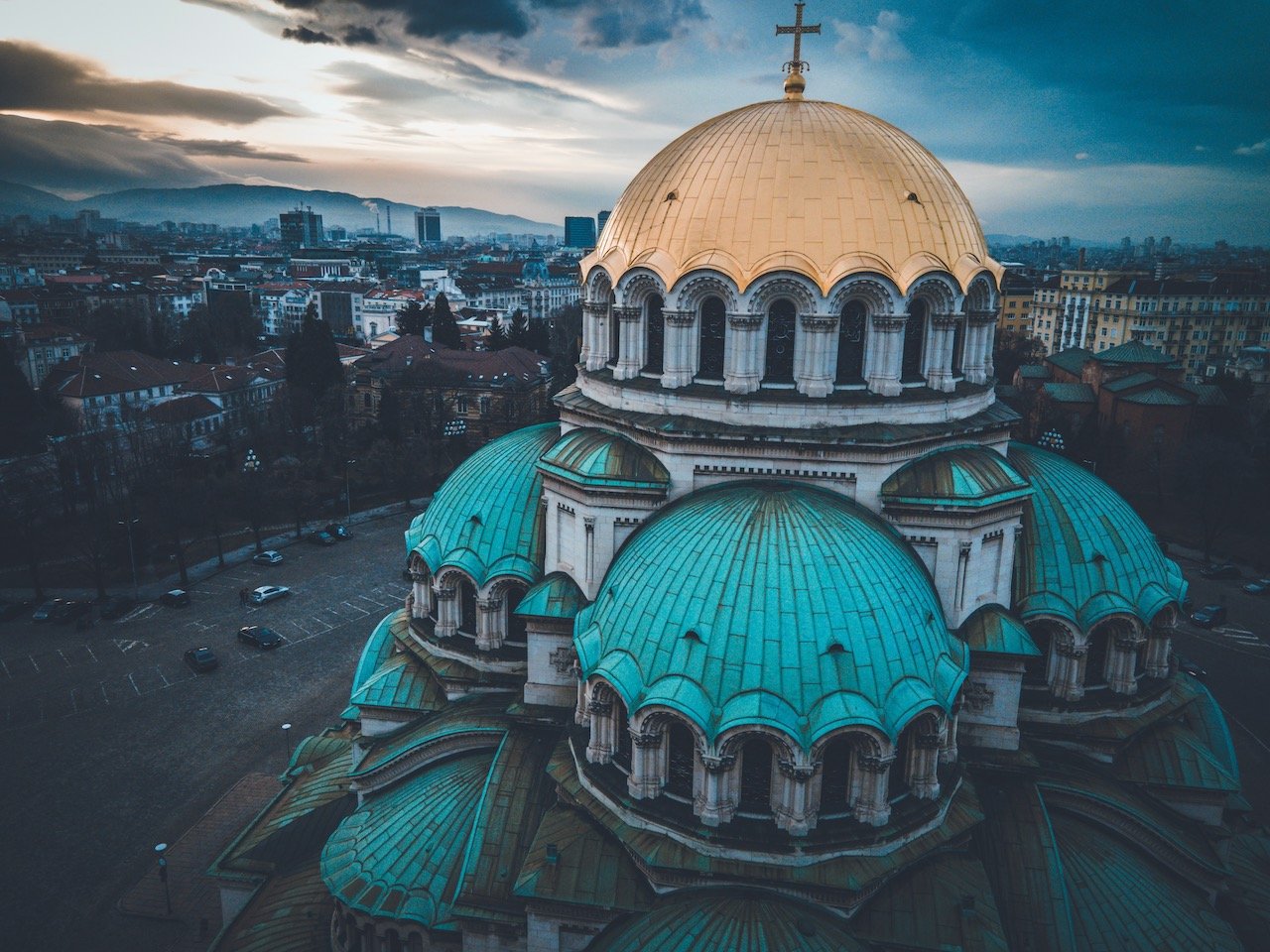
Sitting nearby is the St. Sophia Church, the oldest church in Sofia dating all the way back to the 4th century. As Sofia sits on old Roman ruins, the church sits on the site of an ancient necropolis from the Roman city of Serdica. The church was once a mosque as well due to invading Ottoman forces during the 16th century.
Lastly, within eyeshot of these two is the Russian Church "Sveti Nikolay Mirlikiiski" (or Saint Nicolas the Wonderworker). This church is dramatically smaller than most in the city but is considerably more ornate. It is situated right next to a park, popular among Bulgarians on the weekends and was built on the remains of a destroyed mosque after Bulgaria was liberated by the Russians from Ottoman influence.
If you like some of my photos that you have come across, just know that I have many prints showcasing a variety of landscapes, including in Sofia, available for purchase below! (Sold as Posters, Canvas, or in Metal-Frames and Wooden-Frames).
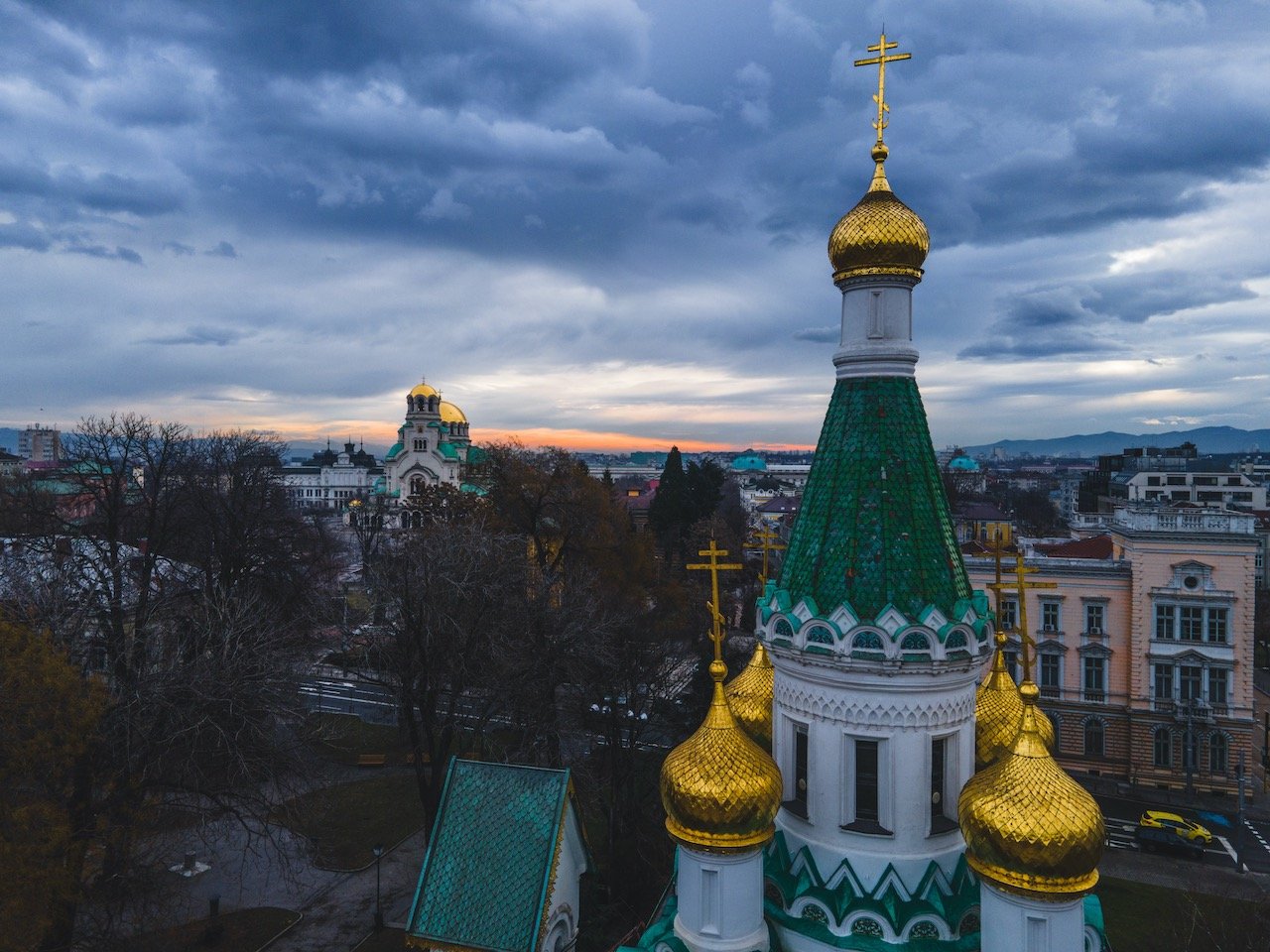
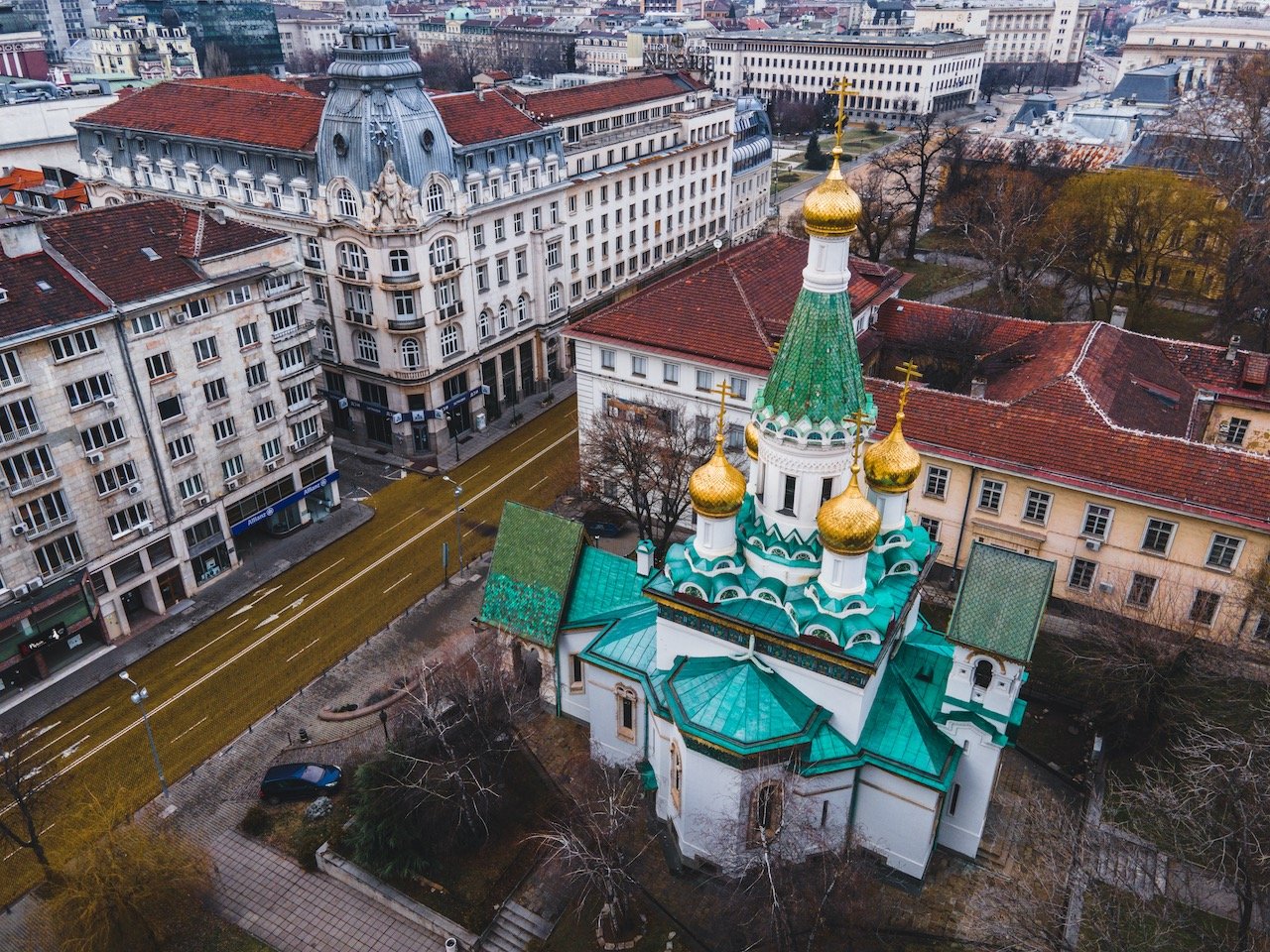
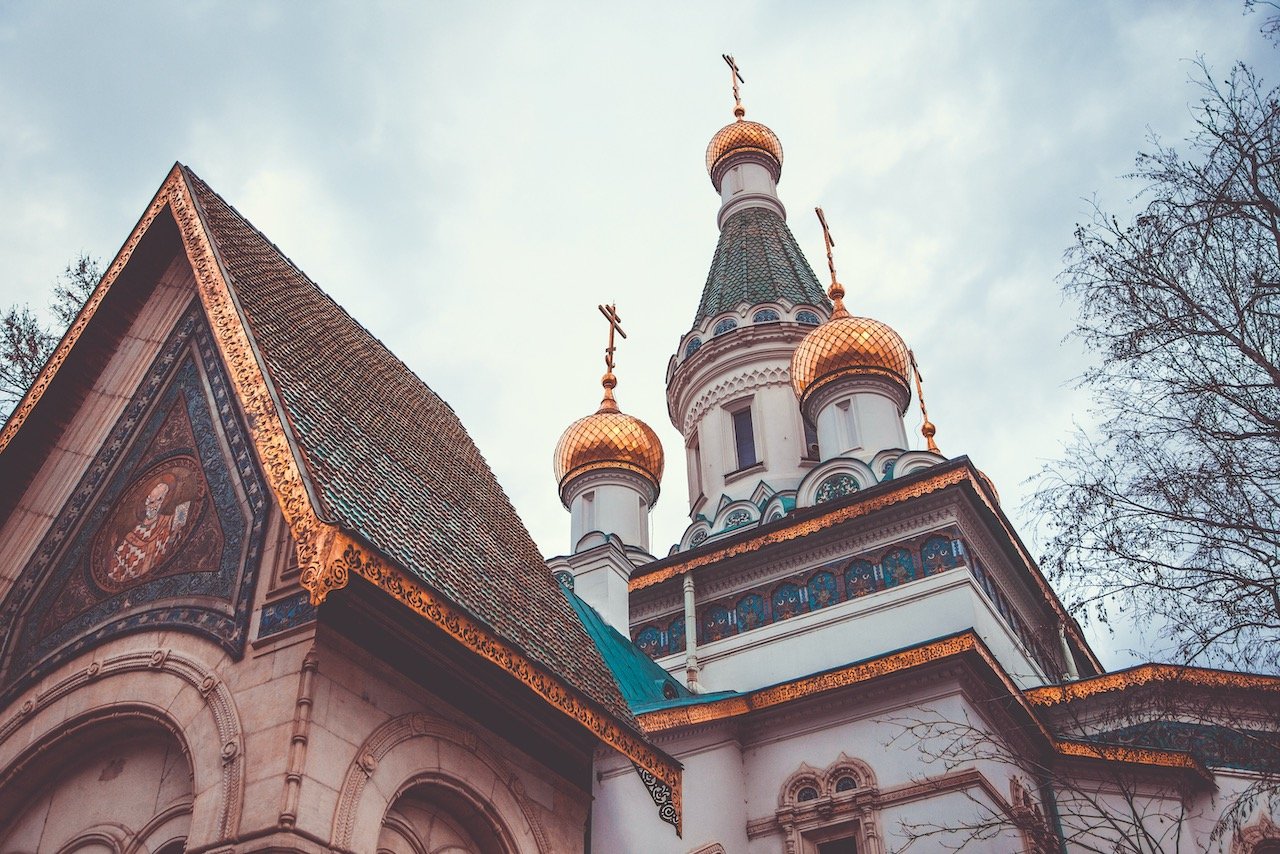
Further south in the city is the Church of Sveti Sedmochislenitsi (Seven Saints Church). This church used to be an Ottoman mosque (named the Black Mosque) before its conversion in 1901. The only elements that are from the original mosque is the main hall and dome with other features added in a Bulgarian style, inspired by the Romanticism Movement.
